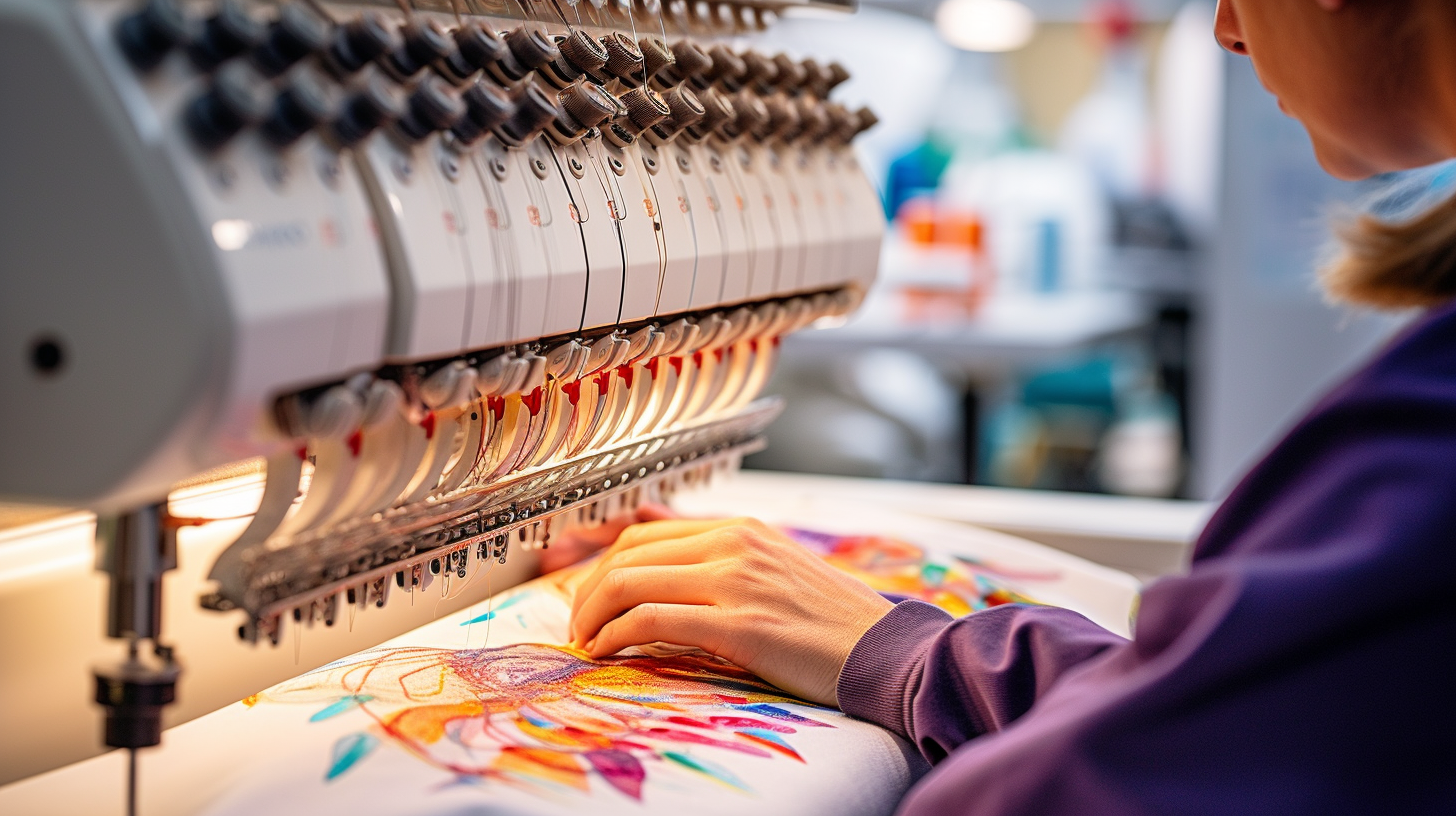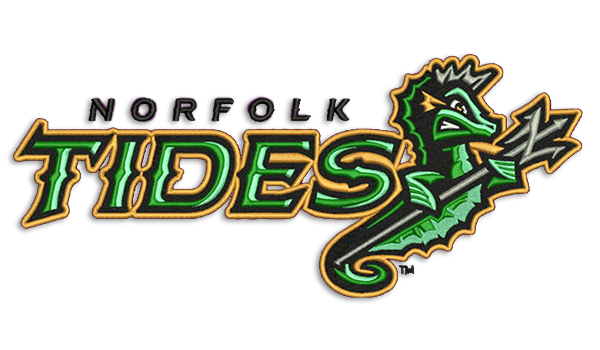Dependable Digitizing for Embroidery: Relied On by Experts
Grasping the Embroidery Digitizing Refine: Your Ultimate Guide
Embroidery digitizing is a careful craft that requires accuracy and knowledge to convert detailed layouts right into electronic formats for maker needlework. As artisans embark on this trip to master the embroidery digitizing process, a thorough understanding of the essentials sets the foundation for quality.

Comprehending Needlework Digitizing Essentials
Embroidery digitizing basics create the foundation whereupon detailed layouts are translated into machine-readable formats for exact stitching. This initial step in the needlework digitizing procedure is vital for guaranteeing that the final embroidered item is a devoted representation of the original design. Understanding embroidery digitizing fundamentals entails comprehending essential principles such as stitch types, sew direction, density, rug, and draw compensation.
Stitch kinds play an essential function in identifying the visual and textural result of the embroidered style. By choosing the ideal stitch type, whether it be satin, fill, or running stitch, digitizers can achieve the desired result and boost the overall top quality of the needlework. In addition, stitch direction affects the flow and measurement of the design, while thickness establishes the spacing and protection of the stitches.
Furthermore, underlay stitching supplies stability to the style by protecting the material and preventing distortion throughout the embroidery process. Pull payment is another crucial consideration to combat the natural propensity of material to contract when stitched. Understanding these embroidery digitizing basics is essential for developing professional-quality stitched products.
Selecting the Right Digitizing Software Application
Selecting the appropriate digitizing software program is a vital decision that substantially influences the efficiency and quality of the needlework digitizing process. Digitizing for Embroidery. When picking the right digitizing software, it is important to think about elements such as the intricacy of styles you prepare to produce, the user-friendliness of the software program, the level of client support offered, and the compatibility with your needlework machine
There are numerous digitizing software program alternatives available on the market, varying from fundamental programs for beginners to innovative software application for expert digitizers. Some preferred choices include Wilcom EmbroideryStudio, Hatch Embroidery Software Program, and PulseID. These software provide a wide variety of tools and features to assist you develop intricate layouts easily.
Before choosing, it is suggested to check out the various software application alternatives via totally free trials or trials to determine which one ideal matches your demands. In addition, reading testimonials and looking for recommendations from experienced digitizers can supply useful understandings right into the Resources staminas and weak points of each software bundle (Digitizing for Embroidery). By carefully assessing your requirements and contrasting the features of different digitizing software program, you can make an enlightened selection that boosts your embroidery digitizing operations
Digitizing Tools and Techniques

Optimizing Layout Settings for Needlework
Mastering the details of design settings is basic in accomplishing optimal results in the needlework digitizing procedure, structure upon the structure laid by understanding digitizing devices and methods. When optimizing layout setups for needlework, it is important to consider variables such as stitch kind, density, rug, pull compensation, and registration. Registration settings straighten different aspects of the design accurately, maintaining general style stability.

Troubleshooting Common Digitizing Issues
When experiencing usual digitizing concerns throughout the needlework procedure, it is important to recognize the root triggers and apply effective services immediately. One typical issue is stitch thickness problems, where stitches may be as well thick, creating the fabric to tighten, or too sparse, leading to gaps in the layout. Adjusting the stitch density settings in the digitizing software can aid fix this concern.
Another constant challenge is thread breaks throughout the embroidery process. This can happen because of different factors such as incorrect stress settings, plain needles, or using low-grade thread. Ensuring appropriate upkeep of the embroidery equipment, consisting of routine needle changes and tension adjustments, can minimize the incident of thread breaks.
In addition, layout enrollment errors can cause misaligned elements within the embroidery style. Checking the layout placement in the digitizing software and making required modifications before sewing can assist in avoiding this concern. By addressing these common digitizing concerns quickly and successfully, you can make certain a smoother embroidery procedure view and premium completed products.
Verdict
In conclusion, understanding the embroidery digitizing procedure calls for a strong understanding of the basics, the appropriate choice of software program, and understanding of tools and methods. Maximizing layout setups and troubleshooting common digitizing issues are essential action in making certain high-quality embroidery outcomes. By following these actions faithfully, one can attain accuracy and efficiency in the digitizing process.